Pope Francis: 1936-2025
Bishop Mark Hagemoen presided at a diocesan Mass of Remembrance for Pope Francis at April 26, 2025 at the Cathedral of the Holy Family, 123 Nelson Road, Saskatoon. The Mass was live-streamed at: YouTube LINK /. AUDIO of Bishop Mark Hagemoen’s Homily –LINK
MESSAGE From Bishop Hagemoen about Pope Francis: LINK
 Like the rest of the world, Catholics in the diocese of Saskatoon woke up Easter Monday morning to the news that the Holy Father, Pope Francis, had died.
Like the rest of the world, Catholics in the diocese of Saskatoon woke up Easter Monday morning to the news that the Holy Father, Pope Francis, had died.
NEWS ITEM: LINK
Prayer from Greater Saskatoon Catholic Schools written by Darcie Lich:
“As a community of faith, we join our prayers with the almost 1.4 billion Catholics worldwide in praying for the repose of the pope’s soul and for the Holy Spirit to guide the College of Cardinals in selecting the next successor of Peter.
Let us pray.
With sorrowful hearts, we remember our Holy Father, Pope Francis.
We thank You for the gift of his life and his faithful service—
for the way he spoke of Your mercy,
lived it with humility,
and called the world to do the same.
He showed us how to care for those on the margins,
and how to lead with compassion and courage.
Now, Lord, welcome him into the light of Your presence,
and grant him rest in Your eternal mercy.
As we grieve his passing, strengthen us to carry forward the example he set.
May we, too, be instruments of Your mercy—open to others, rooted in love, and faithful in our witness.
Guide Your Church in the days to come, and help us to walk always in the light of Christ, in whose name we pray.
Eternal rest grant unto him, O Lord, and let perpetual light shine upon him. May his soul, and the souls of all the faithful departed, through the mercy of God, rest in peace.”

(Image courtesy of Catholic Archdiocese of Edmonton caedm.ca)
Pope Francis led with openness and sensitivity
Courtesy of the Catholic Archdiocese of Edmonton – caedm.ca
His Holiness, Pope Francis, a man who gave his life to God and led the Catholic Church died on Easter Monday April 21. He was 88.
The Pope was admitted to hospital on Feb. 14, 2025, after suffering from a bout of bronchitis for several days. Pope Francis’ clinical situation gradually worsened, and his doctors diagnosed bilateral pneumonia on Feb. 18. After 38 days in hospital, the late Pope returned to his Vatican residence to continue his recovery.
The people of the Archdiocese of Edmonton will never forget the visit of His Holiness to Edmonton and Canada July 24-29, 2022. The Pope’s visit provided a unique opportunity for him to listen and dialogue with First Nations, Metis and Inuit Peoples of this land, to express his heartfelt closeness and to address the impact of colonization and the participation of the Catholic Church in the operation of residential schools throughout Canada.
Archbishop Richard Smith, now the Archbishop-Elect of Vancouver, recalled accompanying a delegation of Indigenous representatives from Canada that went to Rome in March 2022 to meet with Pope Francis. Four months later, Pope Francis came to Canada on his penitential pilgrimage to Canada to meet with Indigenous peoples on their own territory. The Holy Father made the trip even though he was in “constant pain” throughout the visit, Archbishop Smith said.
“Pope Francis wore his heart on his sleeve, even to the public, even before mass audiences. But to see him open his heart, open his mind to the Indigenous was really – I think – an example to us all,” Archbishop Smith recalled.
“It was a particular example to me as a bishop as to how we go forward in the Church in opening our hearts to those in need, those who are hurting in any way, those who are suffering and find new ways – suited to their situation – that they can hear the Gospel and find hope in it. As to legacy, I think will be remembered for that above all…. So that legacy of, how would I put it, openness, receptivity, sensitivity to the needs of any who are suffering in any way – that’s the most important legacy and lasting the legacy the Pope will have for us.”
In his first public event in Canada, Pope Francis addressed representatives of Indigenous Peoples of the First Nations, the Métis and the Inuit gathered in Maskwacis Park. In his poignant speech, he again implores forgiveness for the evils committed by many Christians against the Indigenous Peoples in Canada in the residential school system.
His historic visit marked a significant step on the journey towards healing and reconciliation with First Nations, Metis and Inuit Peoples of Canada which continues unabated. Eternal rest grant unto him, and let perpetual light shine upon him. May he rest in peace
A Prayer Upon the Death of the Holy Father
O God, who in your wonderous providence chose your servant Pope Francis to preside over your church, grant, we pray, that having served as the Vicar of your Son on earth, he may be welcomed by him into eternal glory. Who lives and reigns with you in the unity of the Holy Spirit, God, for ever and ever.
Biography of Pope Francis
The first Pope of the Americas Jorge Mario Bergoglio hails from Argentina. The 88-year-old Jesuit Archbishop of Buenos Aires is a prominent figure throughout the continent, yet remains a simple pastor who is deeply loved by his diocese, throughout which he has travelled extensively on the underground and by bus during the 15 years of his episcopal ministry.
“My people are poor and I am one of them”, he has said more than once, explaining his decision to live in an apartment and cook his own supper. He has always advised his priests to show mercy and apostolic courage and to keep their doors open to everyone. The worst thing that could happen to the Church, he has said on various occasions, “is what de Lubac called spiritual worldliness”, which means, “being self-centred”. And when he speaks of social justice, he calls people first of all to pick up the Catechism, to rediscover the Ten Commandments and the Beatitudes. His project is simple: if you follow Christ, you understand that “trampling upon a person’s dignity is a serious sin”.
Despite his reserved character — his official biography consists of only a few lines, at least until his appointment as Archbishop of Buenos Aires — he became a reference point because of the strong stances he took during the dramatic financial crisis that overwhelmed the country in 2001.
He was born in Buenos Aires on 17 December 1936, the son of Italian immigrants. His father Mario was an accountant employed by the railways and his mother Regina Sivori was a committed wife dedicated to raising their five children. He graduated as a chemical technician and then chose the path of the priesthood, entering the Diocesan Seminary of Villa Devoto. On 11 March 1958 he entered the novitiate of the Society of Jesus. He completed his studies of the humanities in Chile and returned to Argentina in 1963 to graduate with a degree in philosophy from the Colegio de San José in San Miguel. From 1964 to 1965 he taught literature and psychology at Immaculate Conception College in Santa Fé and in 1966 he taught the same subject at the Colegio del Salvatore in Buenos Aires. From 1967-70 he studied theology and obtained a degree from the Colegio of San José.
On 13 December 1969 he was ordained a priest by Archbishop Ramón José Castellano. He continued his training between 1970 and 1971 at the University of Alcalá de Henares, Spain, and on 22 April 1973 made his final profession with the Jesuits. Back in Argentina, he was novice master at Villa Barilari, San Miguel; professor at the Faculty of Theology of San Miguel; consultor to the Province of the Society of Jesus and also Rector of the Colegio Máximo of the Faculty of Philosophy and Theology.
On 31 July 1973 he was appointed Provincial of the Jesuits in Argentina, an office he held for six years. He then resumed his work in the university sector and from 1980 to 1986 served once again as Rector of the Colegio de San José, as well as parish priest, again in San Miguel. In March 1986 he went to Germany to finish his doctoral thesis; his superiors then sent him to the Colegio del Salvador in Buenos Aires and next to the Jesuit Church in the city of Córdoba as spiritual director and confessor.
It was Cardinal Antonio Quarracino, Archbishop of Buenos Aires, who wanted him as a close collaborator. So, on 20 May 1992 Pope John Paul II appointed him titular Bishop of Auca and Auxiliary of Buenos Aires. On 27 May he received episcopal ordination from the Cardinal in the cathedral. He chose as his episcopal motto, miserando atque eligendo, and on his coat of arms inserted the ihs, the symbol of the Society of Jesus.
He gave his first interview as a bishop to a parish newsletter, Estrellita de Belém. He was immediately appointed Episcopal Vicar of the Flores district and on 21 December 1993 was also entrusted with the office of Vicar General of the Archdiocese. Thus it came as no surprise when, on 3 June 1997, he was raised to the dignity of Coadjutor Archbishop of Buenos Aires. Not even nine months had passed when, upon the death of Cardinal Quarracino, he succeeded him on 28 February 1998, as Archbishop, Primate of Argentina and Ordinary for Eastern-rite faithful in Argentina who have no Ordinary of their own rite.
Three years later at the Consistory of 21 February 2001, John Paul ii created him Cardinal, assigning him the title of San Roberto Bellarmino. He asked the faithful not to come to Rome to celebrate his creation as Cardinal but rather to donate to the poor what they would have spent on the journey. As Grand Chancellor of the Catholic University of Argentina, he is the author of the books: Meditaciones para religiosos (1982), Reflexiones sobre la vida apostólica (1992) and Reflexiones de esperanza (1992).
In October 2001 he was appointed General Relator to the 10th Ordinary General Assembly of the Synod of Bishops on the Episcopal Ministry. This task was entrusted to him at the last minute to replace Cardinal Edward Michael Egan, Archbishop of New York, who was obliged to stay in his homeland because of the terrorist attacks on September 11th. At the Synod he placed particular emphasis on “the prophetic mission of the bishop”, his being a “prophet of justice”, his duty to “preach ceaselessly” the social doctrine of the Church and also “to express an authentic judgement in matters of faith and morals”.
All the while Cardinal Bergoglio was becoming ever more popular in Latin America. Despite this, he never relaxed his sober approach or his strict lifestyle, which some have defined as almost “ascetic”. In this spirit of poverty, he declined to be appointed as President of the Argentine Bishops’ Conference in 2002, but three years later he was elected and then, in 2008, reconfirmed for a further three-year mandate. Meanwhile in April 2005 he took part in the Conclave in which Pope Benedict XVI was elected.
As Archbishop of Buenos Aires — a diocese with more than three million inhabitants — he conceived of a missionary project based on communion and evangelization. He had four main goals: open and brotherly communities; an informed laity playing a lead role; evangelization efforts addressed to every inhabitant of the city; and assistance to the poor and the sick. He aimed to re-evangelize Buenos Aires, “taking into account those who live there, its structure and its history”. He asked priests and lay people to work together.
In September 2009 he launched the solidarity campaign for the bicentenary of the Independence of the country. Two hundred charitable agencies are to be set up by 2016. And on a continental scale, he expected much from the impact of the message of the Aparecida Conference in 2007, to the point of describing it as the “Evangelii Nuntiandi of Latin America.”
Until the beginning of the recent sede vacante, he was a member of the Congregation for Divine Worship and the Discipline of the Sacraments, the Congregation for the Clergy, the Congregation for Institutes of Consecrated Life and Societies of Apostolic Life, the Pontifical Council for the Family and the Pontifical Commission for Latin America.
He was elected Supreme Pontiff on 13 March 2013.
Pope Francis made a pastoral visit to Canada from July 24 to 29, 2022, visiting Edmonton and Maskwacis, attending the annual pilgrimage at Lac Ste. Anne, then to Quebec City and Iqaluit.
The Pope’s visit provided a unique opportunity for him, once again, to listen and dialogue with Indigenous Peoples, to express his heartfelt closeness and to address the impact of colonization and the participation of the Catholic Church in the operation of residential schools throughout Canada:
“…I ask for God’s forgiveness and I want to say to you with all my heart: I am very sorry. And I join my brothers, the Canadian bishops, in asking your pardon.” – Pope Francis – April 1, 2022
The papal visit also provided an opportunity for the shepherd of the world’s 1.2 billion Catholics to connect with the Catholic community in Canada.

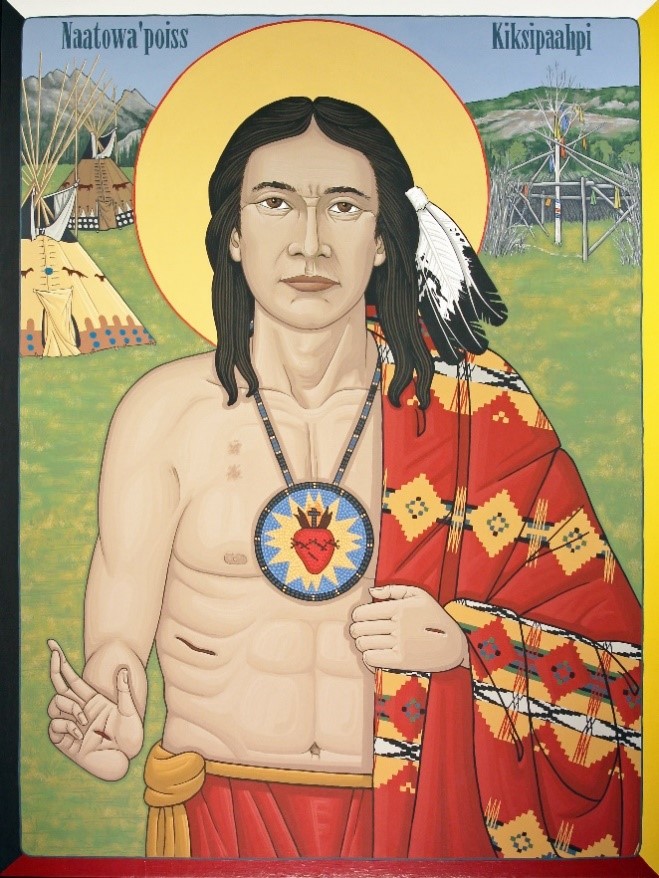

























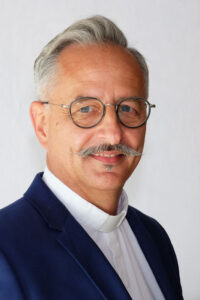

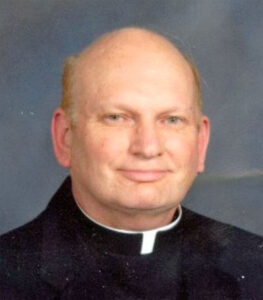








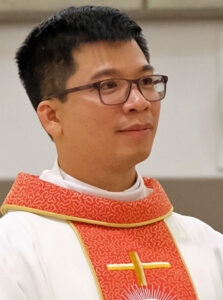








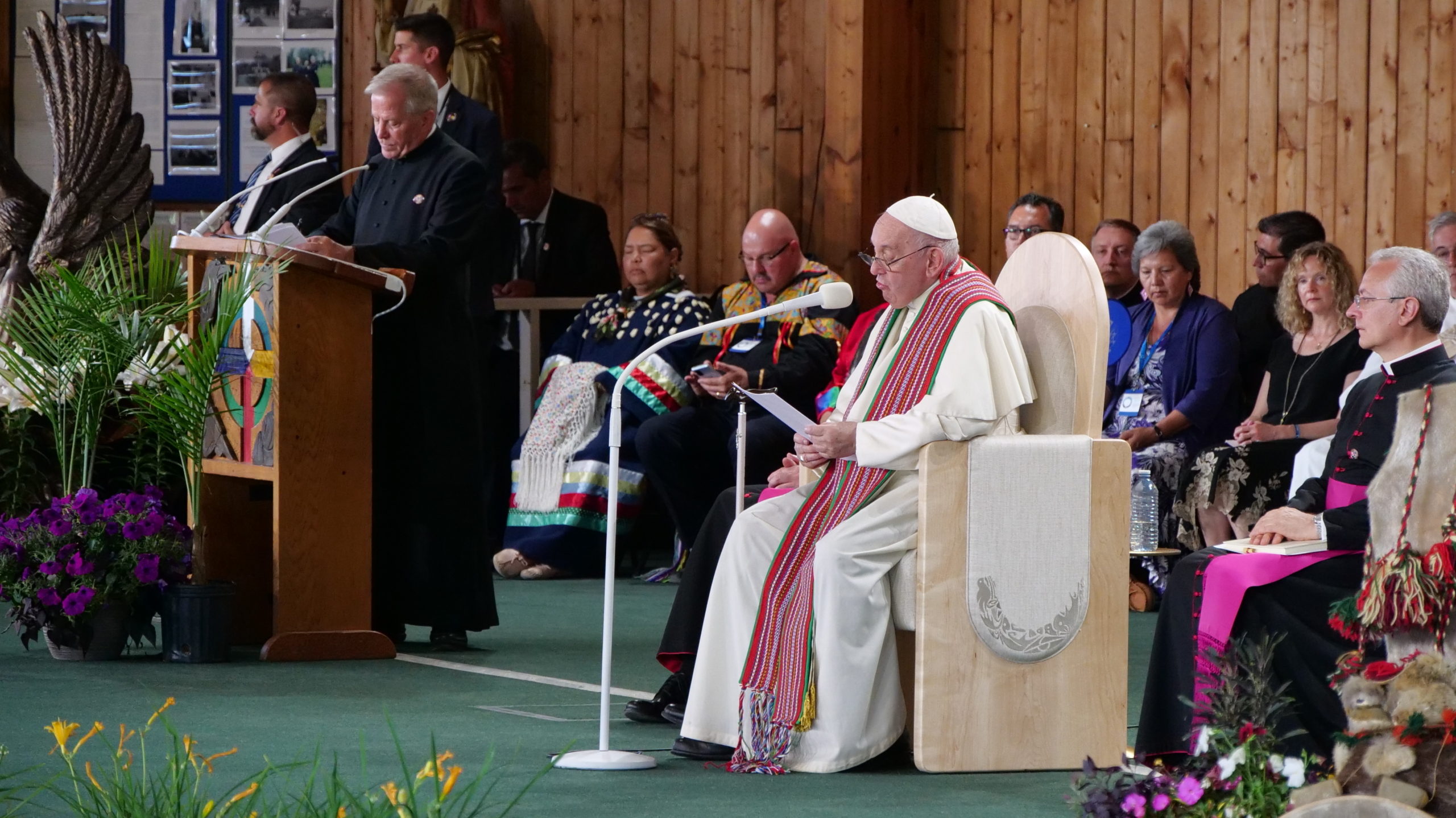
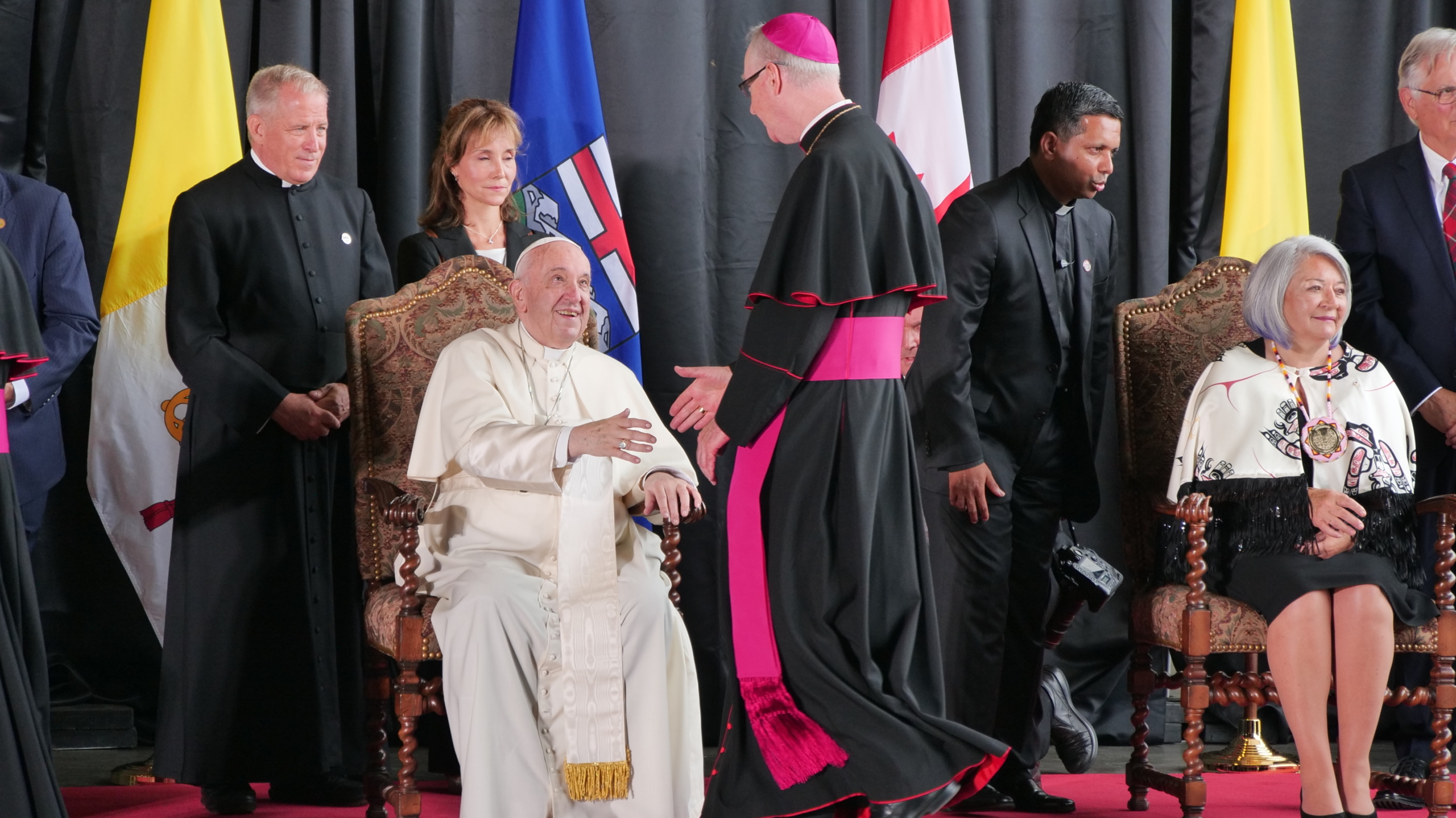
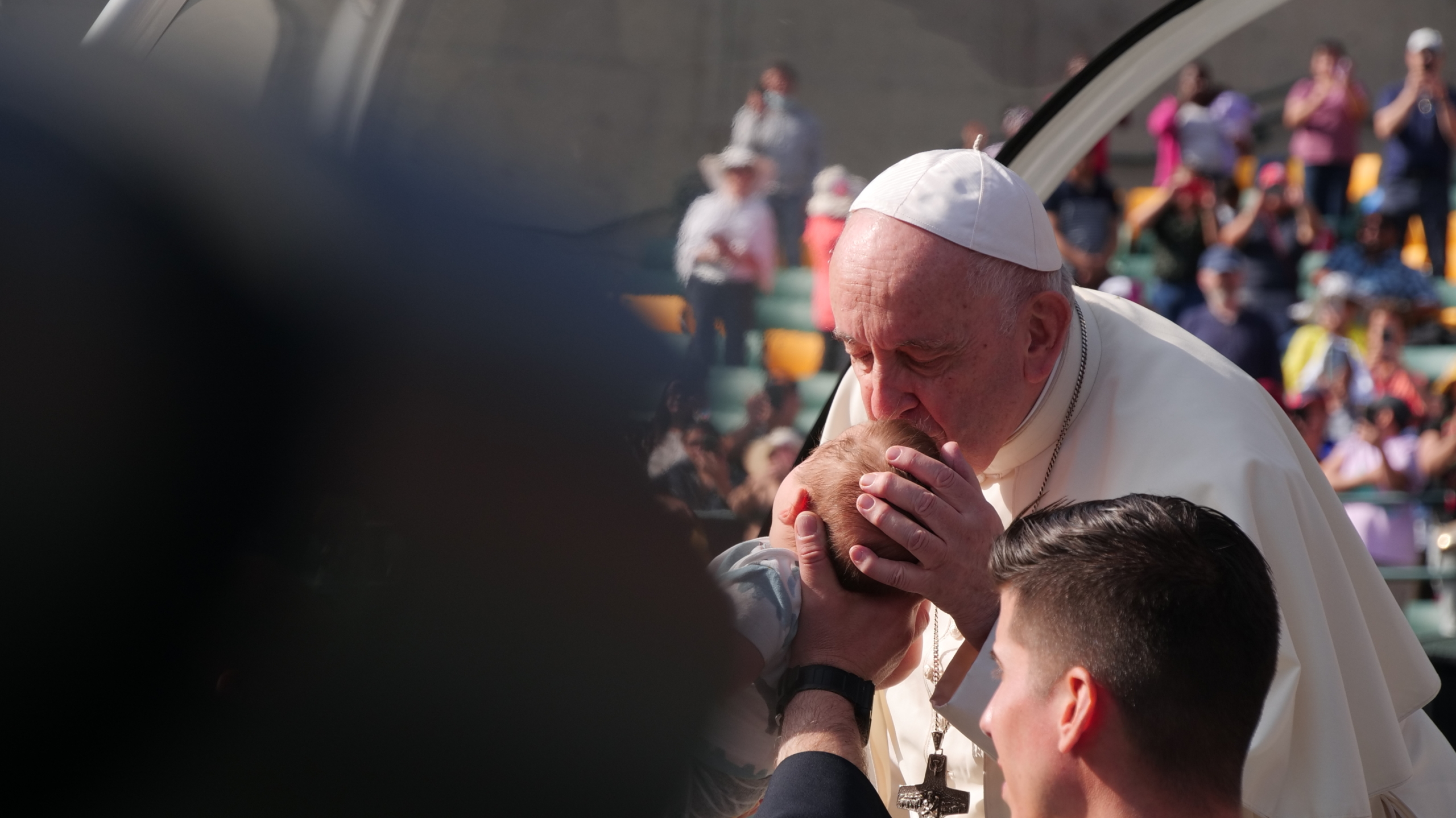

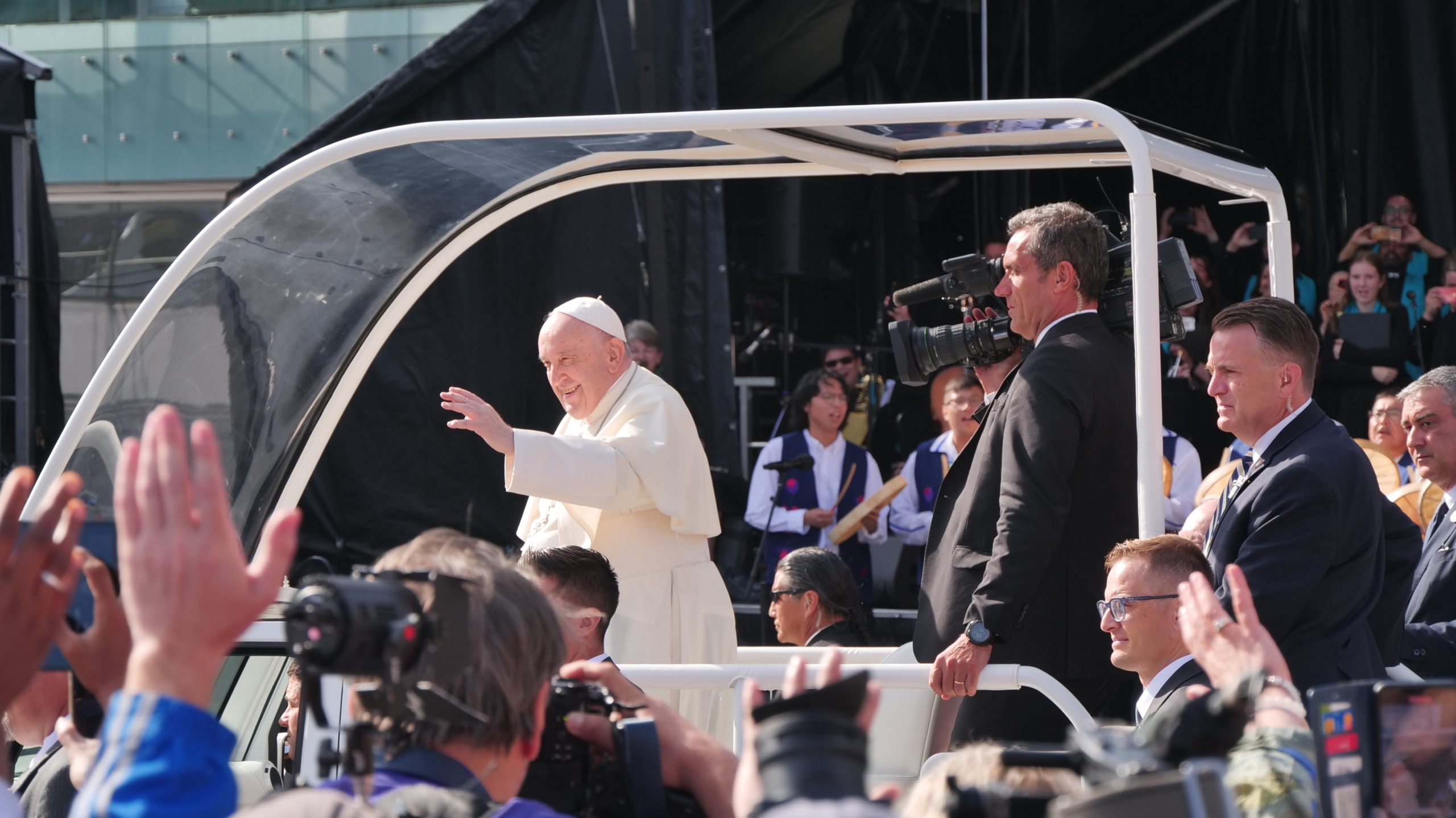

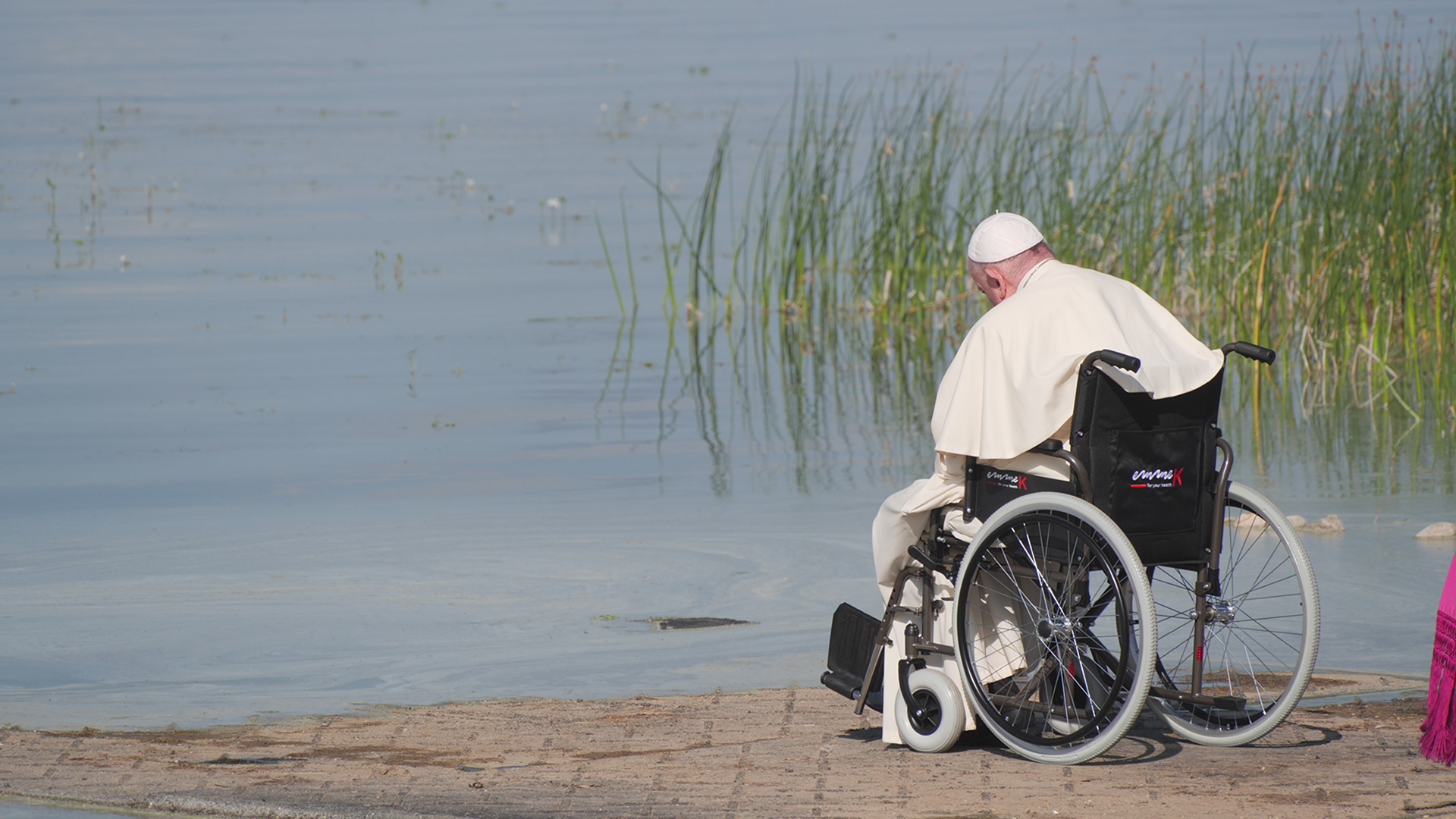


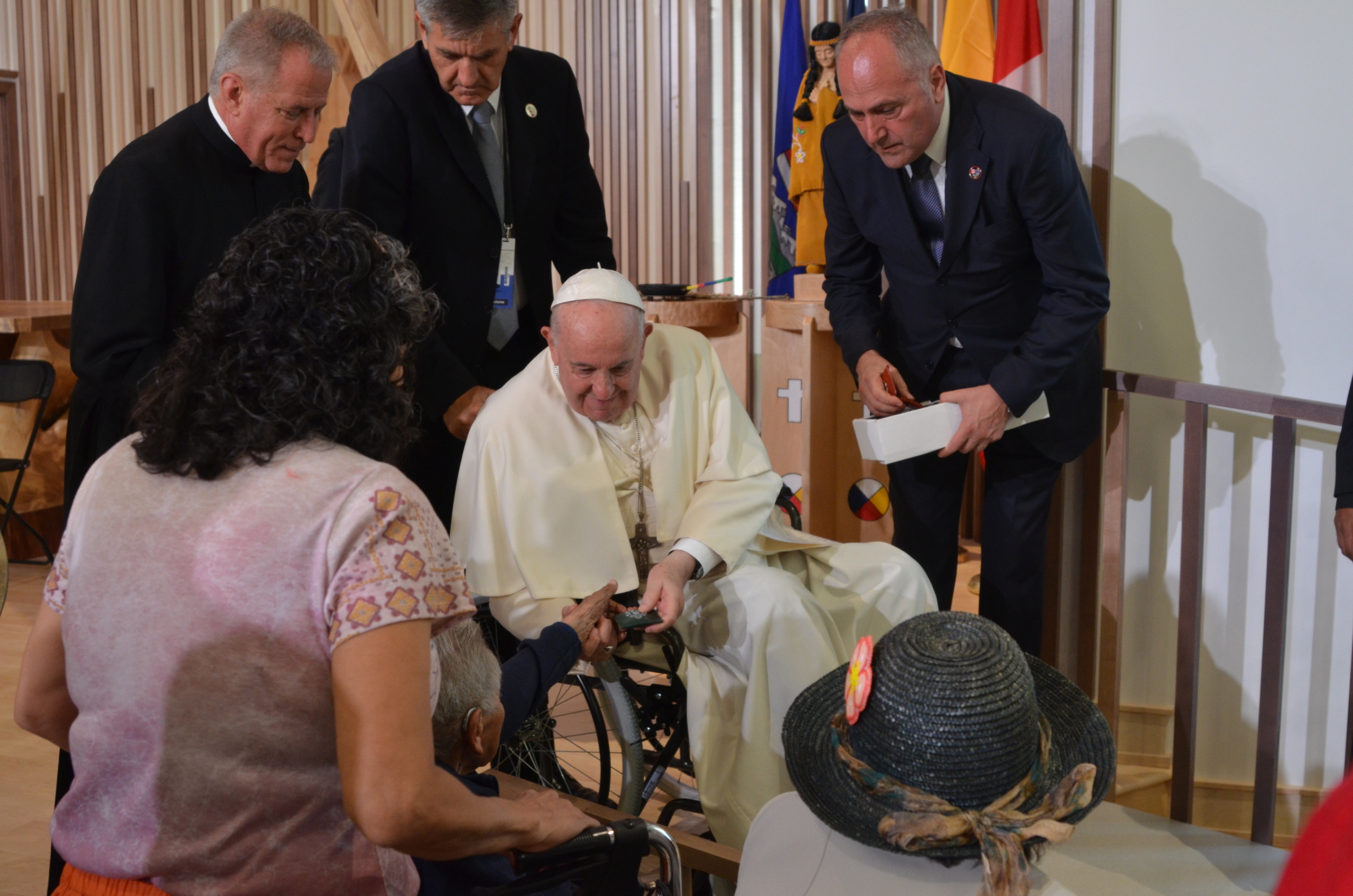
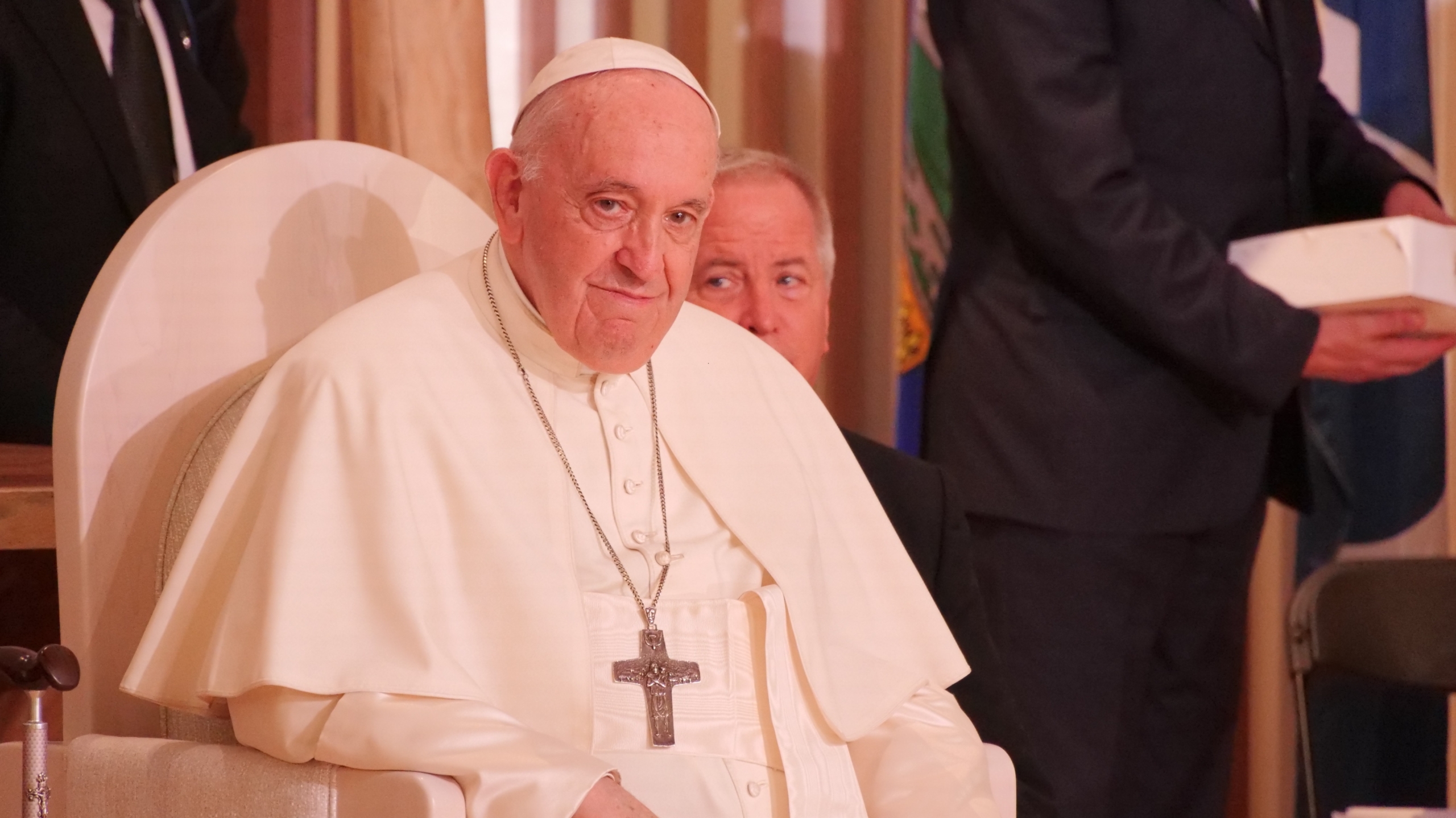










Recent Comments